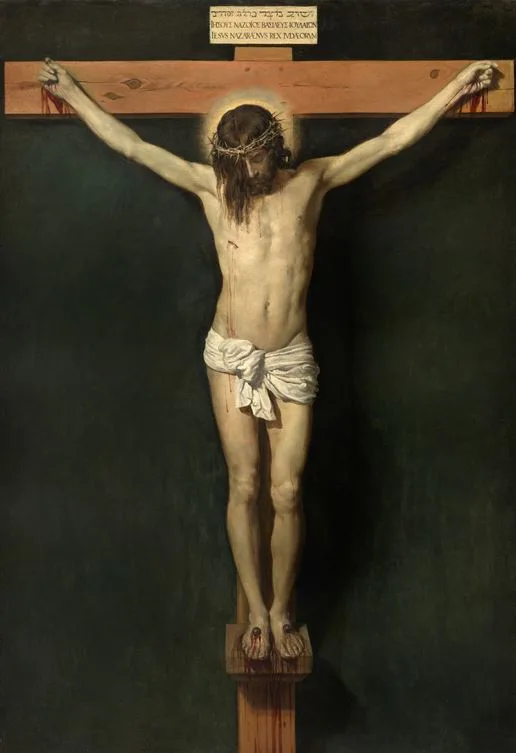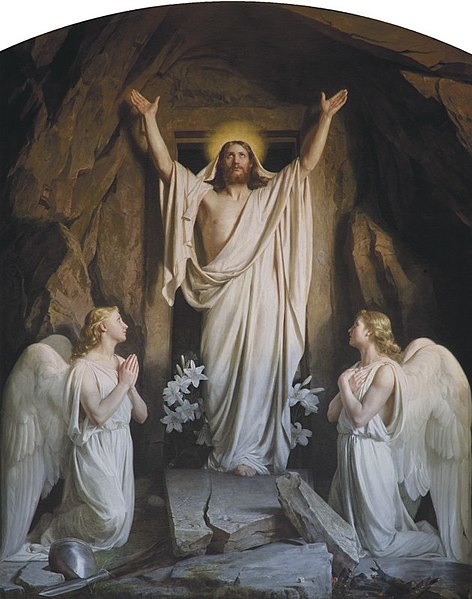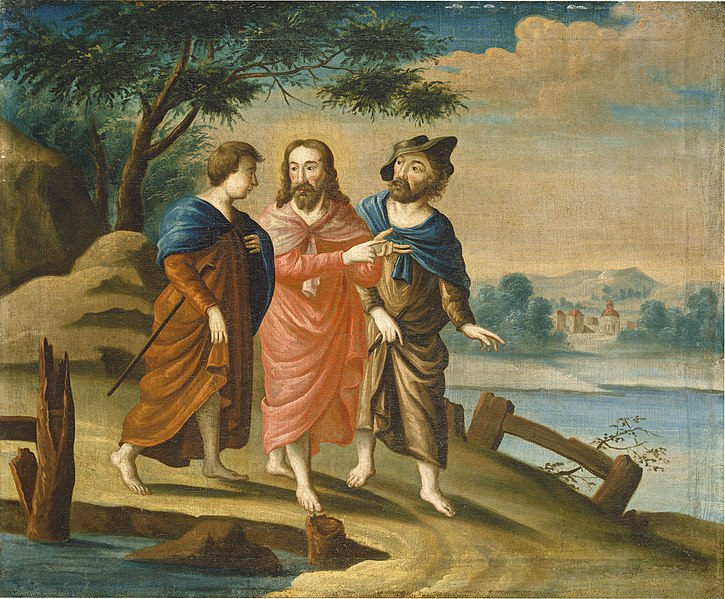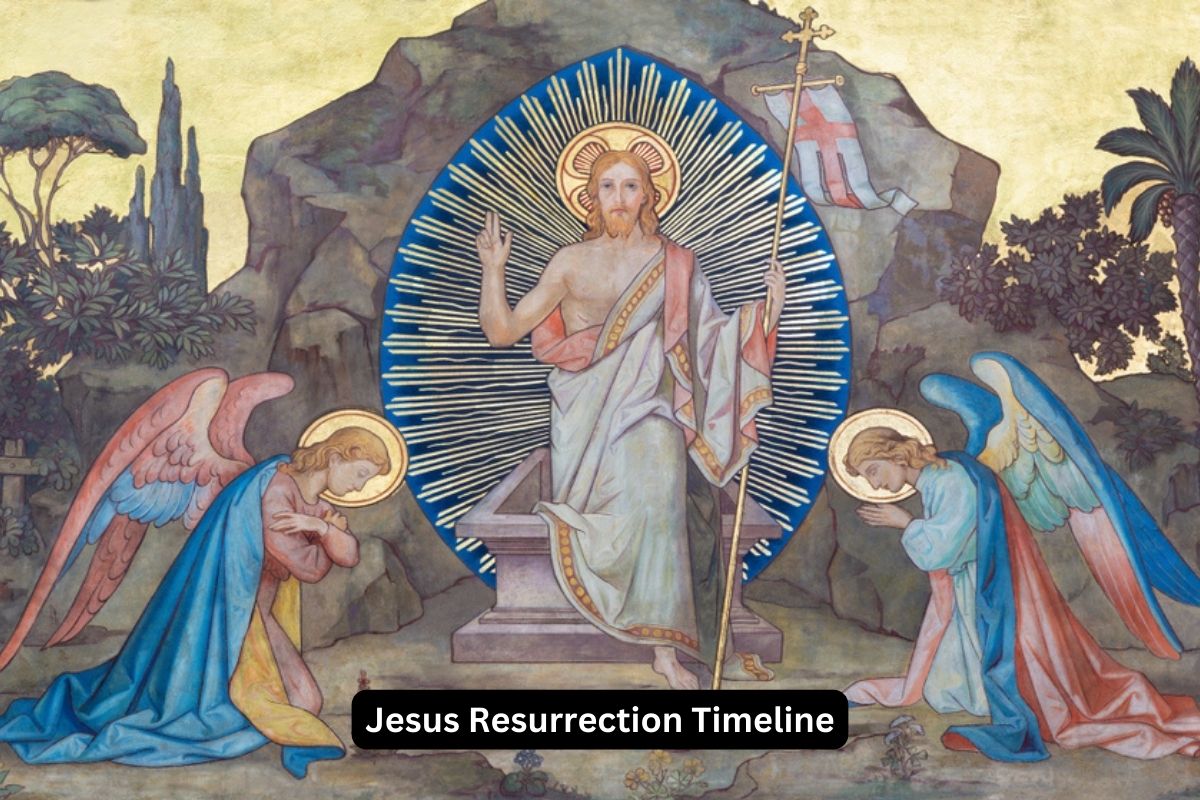The timeline of Jesus’ resurrection is a central narrative in Christian theology, rooted in the accounts found in the New Testament of the Bible. This series of events, spanning from his crucifixion to his ascension into heaven, holds immense significance for Christians worldwide.
It begins with the crucifixion of Jesus on Good Friday, followed by his burial, the Sabbath rest, and culminates in the triumphant resurrection on Easter Sunday. Subsequently, Jesus made appearances to his disciples over 40 days, providing teachings and reassurances.
The timeline concludes with his ascension into heaven, marking the end of his earthly ministry and the promise of his continued presence through the Holy Spirit. These events are foundational to the Christian faith, symbolizing redemption, hope, and the eternal message of Christ.
| Event | Date | Description |
|---|---|---|
| Crucifixion (Good Friday) | Friday | Jesus was crucified on a Friday during the Passover festival in Jerusalem. |
| Burial (Friday evening) | Friday evening | Jesus’ body was taken down from the cross by Joseph of Arimathea and Nicodemus, wrapped in linen cloths, and placed in a new tomb. |
| Sabbath (Saturday) | Saturday | On the Jewish Sabbath, Jesus’ followers rested according to Jewish law. |
| Resurrection (Easter Sunday) | Sunday | On the first day of the week, women found the tomb empty and encountered an angel who told them of Jesus’ resurrection. |
| Appearances (Various times) | Various times over 40 days | Jesus appeared to his disciples and followers, providing teachings and reassurances. |
| Ascension (40 days after the resurrection) | 40 days after the resurrection | Jesus ascended into heaven in the presence of his disciples on the Mount of Olives. |
Timeline of the Resurrection of Jesus
1. Crucifixion (Good Friday)
The crucifixion of Jesus, also known as Good Friday, is one of the most significant events in Christian theology. It took place during the Passover festival in Jerusalem, which was a time of great religious significance for the Jewish people.
Jesus was arrested, tried, and sentenced to death by crucifixion by the Roman authorities. He was crucified on a hill called Golgotha or Calvary.
Also Read: Facts About the Resurrection
This event is central to Christian beliefs because it is seen as the atoning sacrifice for the sins of humanity. According to the Gospels, Jesus’ crucifixion involved the nailing of his hands and feet to a wooden cross, where He suffered and died.

2. Burial (Friday evening)
Following Jesus’ crucifixion, his body was taken down from the cross by Joseph of Arimathea, a wealthy follower of Jesus, and Nicodemus, a Pharisee and member of the Jewish ruling council.
They showed great care in handling Jesus’ body. His body was wrapped in linen cloths, and He was placed in a new tomb that Joseph had prepared, which was carved out of a rock.
Also Read: The Ascension of Jesus Facts
A large stone was rolled in front of the tomb’s entrance, and Roman guards were stationed there to prevent any tampering with the burial site. The burial of Jesus fulfilled the Jewish custom of burying the dead before sundown on the same day as death.
3. Sabbath (Saturday)
The day following Jesus’ crucifixion was the Jewish Sabbath, which is observed from Friday evening to Saturday evening. On the Sabbath, Jewish law prohibited any work or activities, including travel.
According to the Gospels, Jesus’ followers, including his disciples, observed the Sabbath by resting and refraining from any activity. It was a time of deep sorrow and reflection for them as they mourned the loss of their teacher and leader.
The Sabbath also played a significant role in the timing of events related to Jesus’ resurrection, as it preceded his resurrection on Easter Sunday.

4. Resurrection (Easter Sunday)
Easter Sunday is the central event in Christian theology and celebrates the resurrection of Jesus Christ from the dead. According to the Gospels, on the first day of the week, which is Sunday, several women, including Mary Magdalene, Mary the mother of James, and Salome, went to the tomb where Jesus had been buried.
As they approached the tomb, they encountered an angel who told them that Jesus had risen from the dead. The angel instructed them to go and tell the disciples about the resurrection.
The women entered the tomb and found it empty, except for the linen cloths that had been used to wrap Jesus’ body. This event is the cornerstone of the Christian faith, symbolizing victory over sin and death.
5. Appearances (Various times)
After his resurrection, Jesus made several appearances to his disciples and followers over a period of 40 days. These appearances were significant because they provided proof of his resurrection and offered teachings, reassurances, and instructions.
Some notable appearances include Jesus appearing to Mary Magdalene near the tomb, to two disciples on the road to Emmaus, and to the gathered disciples in a locked room.
These encounters with the risen Jesus played a crucial role in strengthening the faith of his followers and commissioning them to go and spread the Gospel to all nations.

6. Ascension (40 days after the resurrection)
The final event recorded in the Gospels is the ascension of Jesus into heaven. According to the Book of Acts (Acts 1:9-11), this event occurred 40 days after his resurrection.
On the Mount of Olives, in the presence of his disciples, Jesus was taken up into heaven, disappearing from their sight.
Before ascending, He instructed them to remain in Jerusalem until they received the Holy Spirit, which would empower them to be witnesses of his message “to the ends of the earth.”
The ascension marks the end of Jesus’ earthly ministry and his return to the heavenly realm, where He sits at the right hand of God the Father according to Christian belief.
